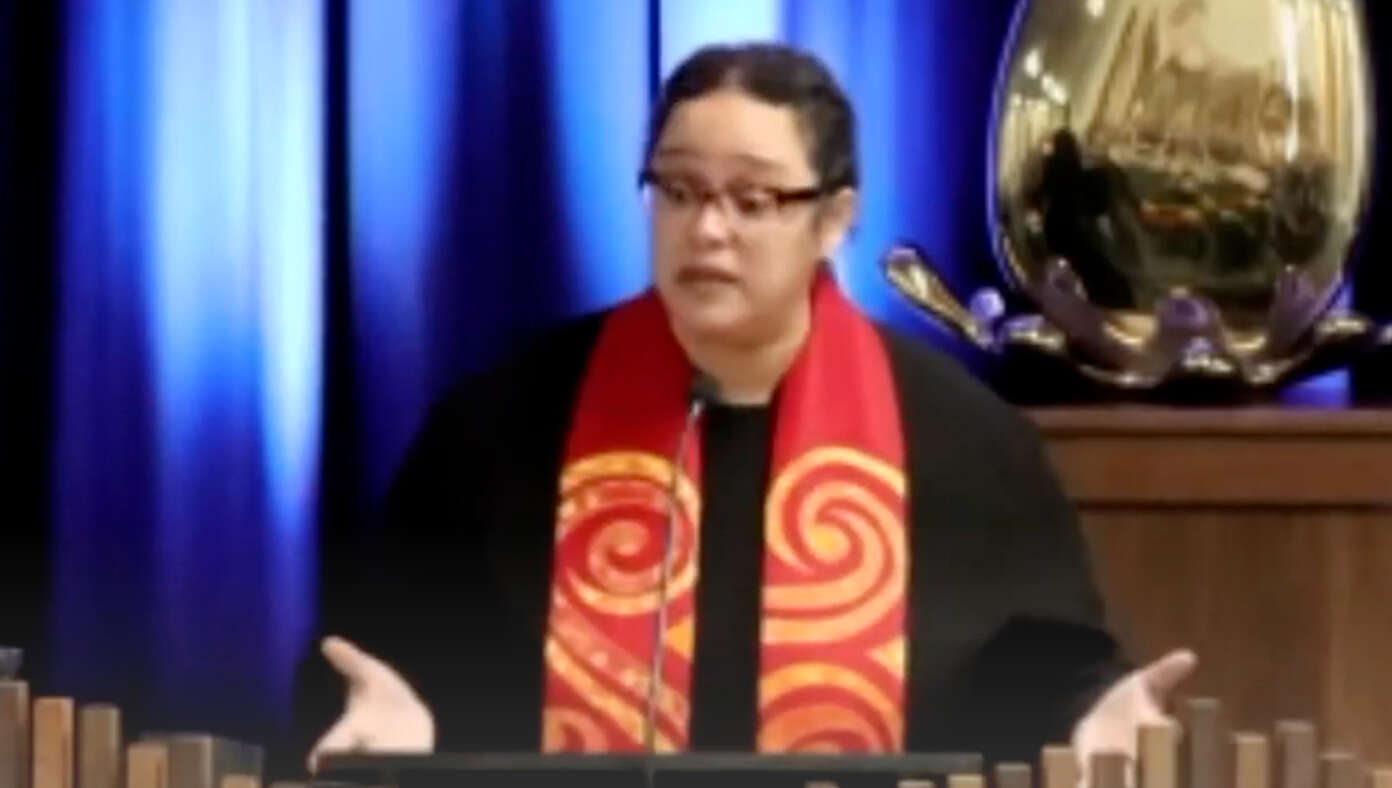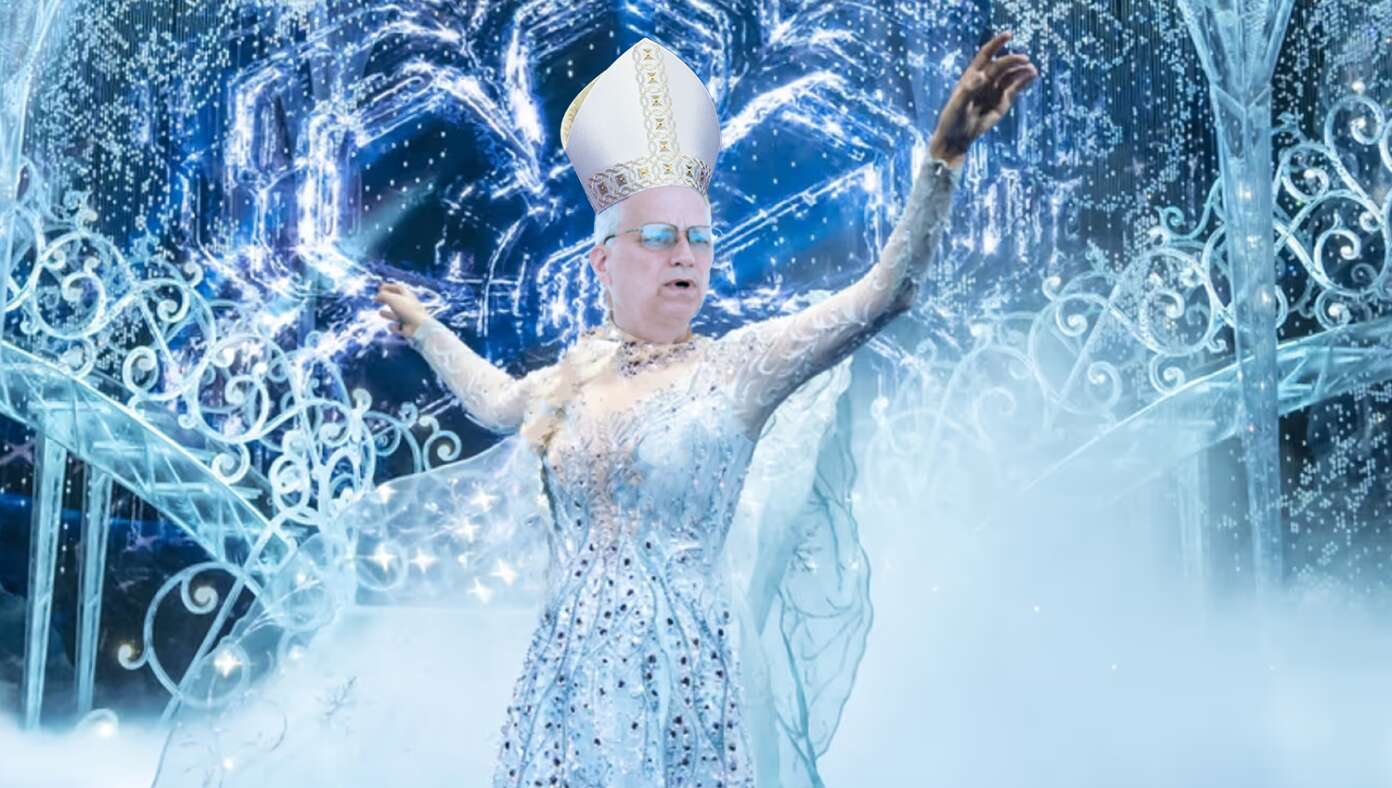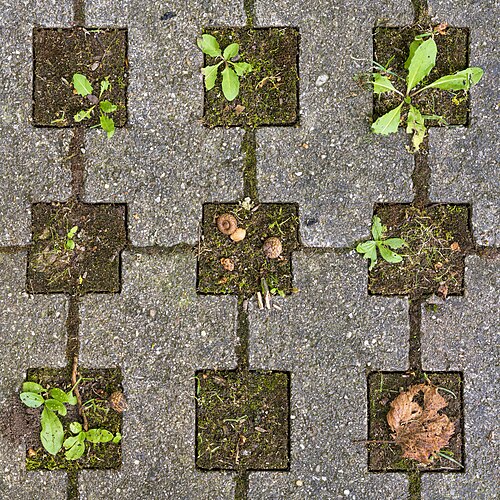
BOSTON, MA — The President of the Unitarian Universalist Association has come out strongly to reaffirm the denomination’s commitment to the belief that a man should not speak in church.
Read More
BOSTON, MA — The President of the Unitarian Universalist Association has come out strongly to reaffirm the denomination’s commitment to the belief that a man should not speak in church.
Read More
VATICAN CITY — In a stunning scene this morning, Pope Leo activated his long-dormant ice powers and built a magical ice palace while belting out showtunes.
Read More
| Picture of the day |
|---|

|
|
Concrete paving with gaps in the parking lot of the city cemetery of Waldenbuch, Germany
|